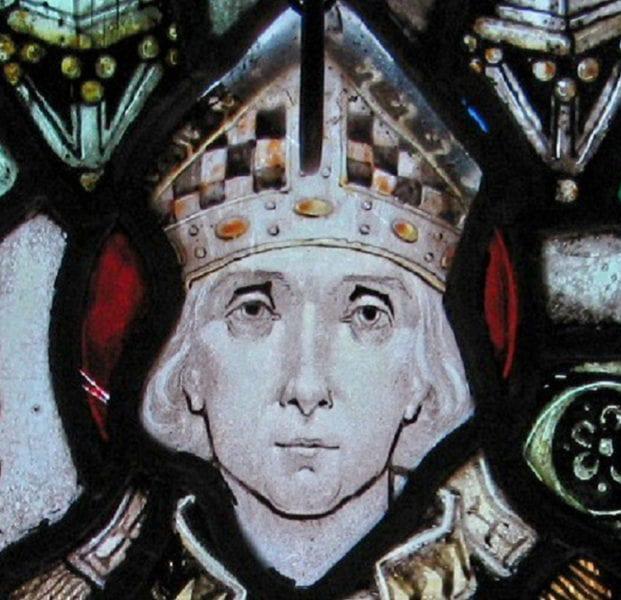ST NICHOLAS OWEN: BUILDER OF PRIEST HIDES IN ELIZABETHAN ENGLAND Tim Guile
In Elizabethan England it was against the law to practice the Catholic faith. Priests and sympathisers were arrested and treated brutally. Many died terrible deaths for their faith. Ingenious craftsmen were required to design and construct secret spaces to hide a priest and his ‘massing-stuff.’ These secret places were built in fireplaces, attics and staircases and were largely constructed between the 1550s and the time of the Gunpowder Plot in 1605. Sometimes other building alterations would be made at the same time as the priest’s holes so as not to arouse suspicion. The priest hole or hide, was usually tiny, with no room to stand up or move around. During a raid the priest would have to stay as still and silent as possible, for days at a time if necessary. Food, drink and basic sanitation had to be provided in these hiding places. During the reign of Elizabeth I, Jesuits priests were feared as enemies of the state and hunted down by agents of the Privy Council and by magistrates and pursuivants. Catholic priests moved from Catholic household to Catholic household, often pre-
84
Fellowship & Fairydust
tending to be tutors, visitors or distant relations. Wealthy families built hiding places in their homes so that when the priest hunters came calling there was somewhere to hide their secret guest. Many manor houses employed mainly Catholic servants and retainers in order to protect the priests and the families. It was not unknown for disloyal servants to denounce their masters. The authorities began to launch unannounced raids on the homes of known Catholic sympathisers. This often involved the priest-hunters known as pursuivants measuring the footprint of the house from the outside and the inside to see if they tallied; they would count the windows outside and again from the inside; they would tap on the walls to see if they were hollow and they would tear up floorboards to search underneath. Another tactic would be for the pursuivants to pretend to leave or quickly return and see if the priest would then emerge from his hiding place. Once detected and captured, priests could expect to be imprisoned, tortured, and put to death. One of the priests who was arrest-














